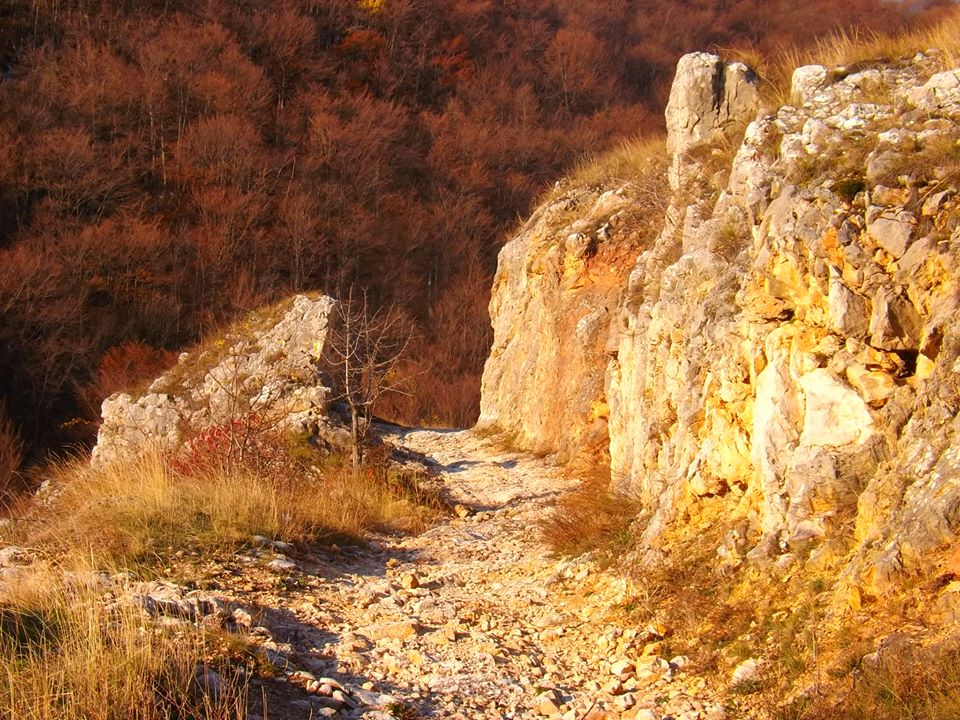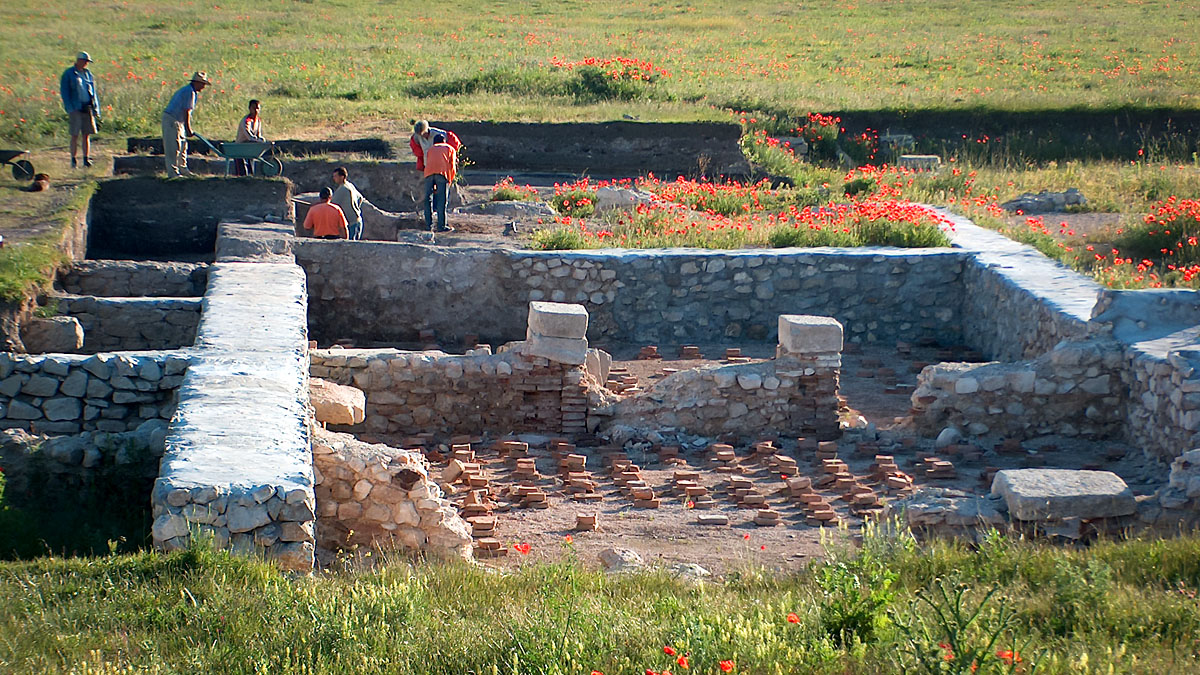Tel: +40 722 910 724 | Email : info@dupa-gard.com | login

Starting with a Roman fortress in Turda (Potaissa) and a castle in Alba Iulia (Apulum) the Roman Empire started exploiting these mountains natural treasures from very early on. Several mines all over the Carpathian Mountains supplied the Imperium Romanum with valuable gold - but also other valuables from the mountains depths, like iron ore and salt.
Some of these mines (some set up later by German settlers during Austro-Hungarian rule) are in direct vecinity to Posaga. Though most are not accessible anymore, at least in winter you can still see some of the famouse roman roads, that carried all kinds of valuablesaway from the valley towards Turda and Alba Iulia.

not visible with summer vegitation, one of the ancient trails, formerly going from Salciua to Turda
In Turda you can explore this local history on the archeological grounds of the roman fortress (not so easy to find), or in the very modern and well curated historical museum: Museum Turda

the thermal baths of the roman castrum, built to last (picture by hist. Museum Turda)
But the most popular legacy left by the former inhabitants of Romania, is the big salt mine, or Salina. It has ben modernised with huge amounts of money, and attracts busloads of tourist. DONT visit on weekends! During the week though it really is worth a visit, and might be one of the lasting impressions you will take with you: Salzbergwerk Turda
the Franz-Josef-Tunnel in Salina Turda (picture by JøMa, CC 3.0)


